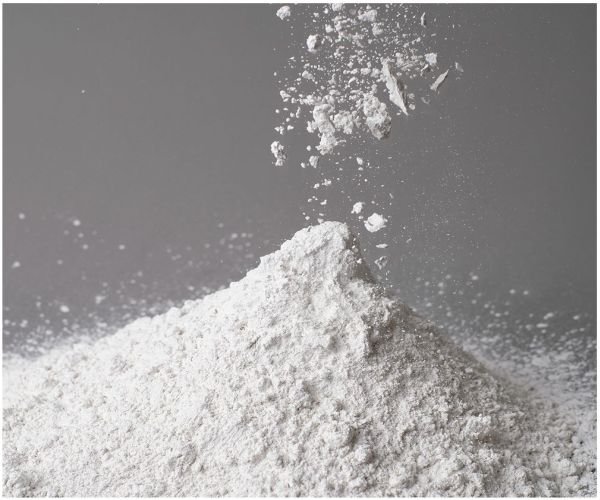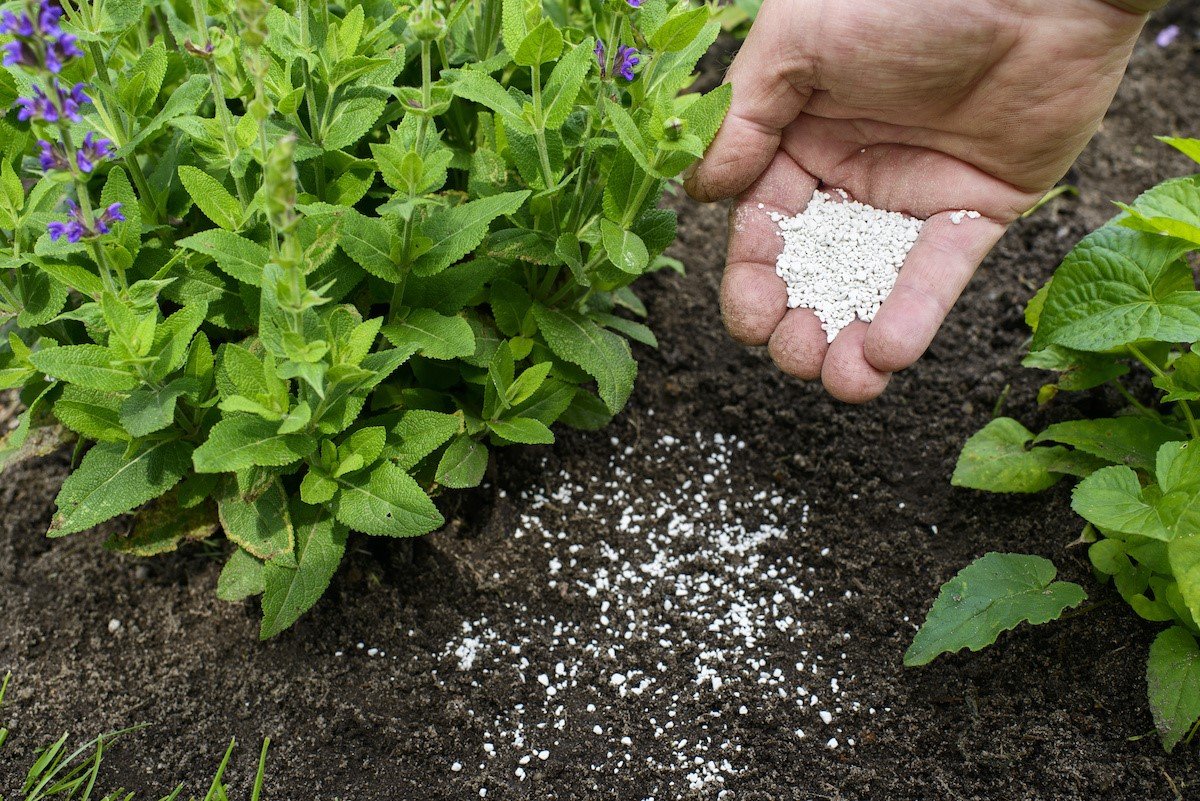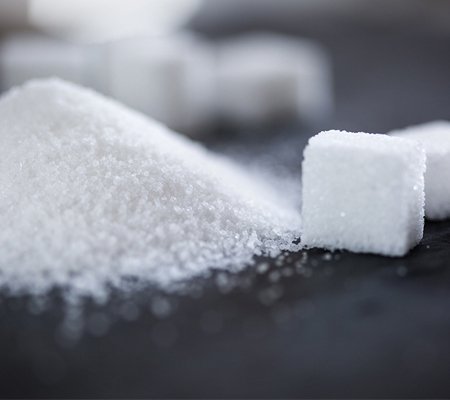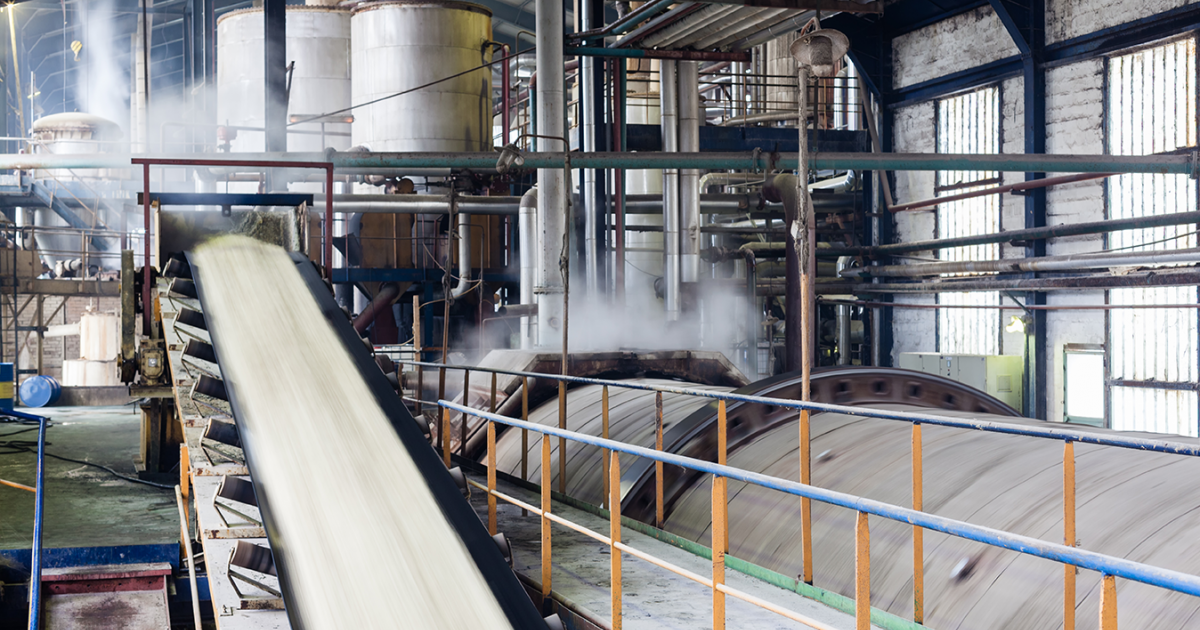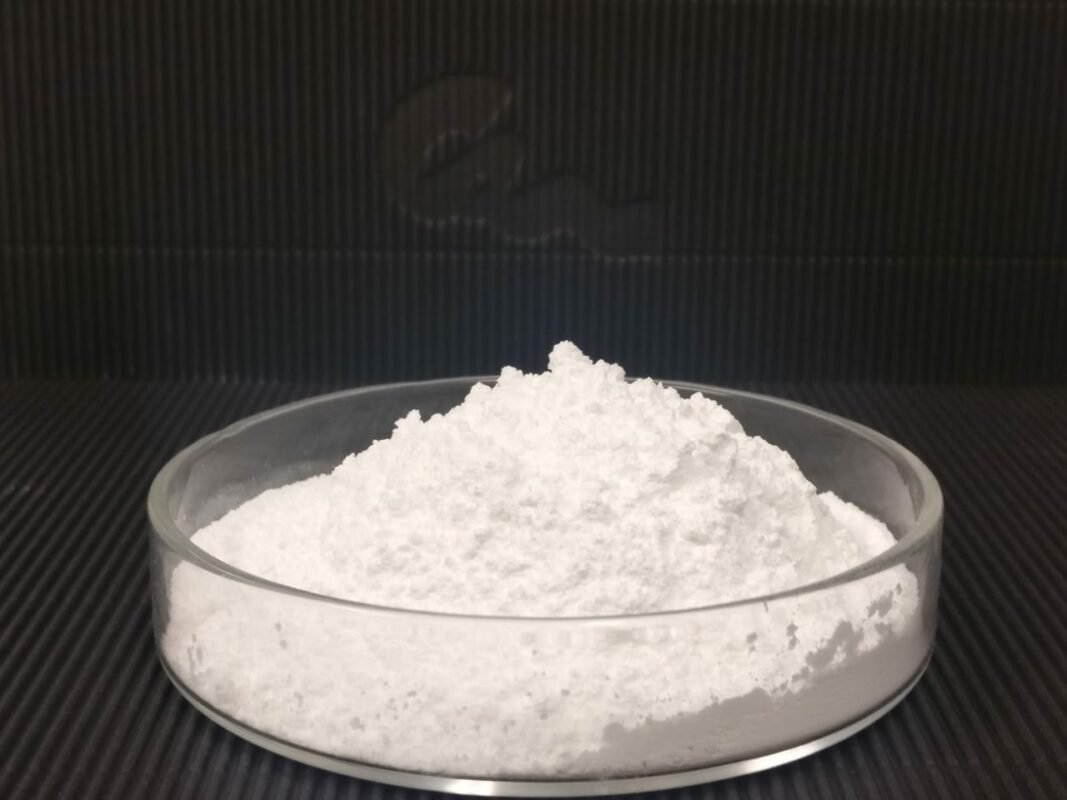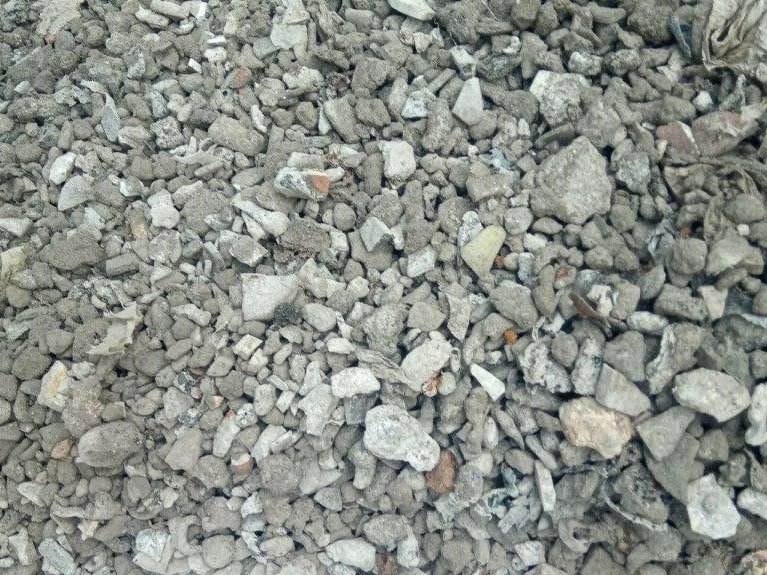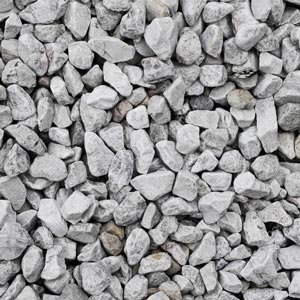As the world becomes more environmentally conscious, manufacturers are constantly seeking ways to reduce their carbon footprint and operate in a more sustainable manner. One such method that has gained attention in recent years is ETP (Effluent Treatment Plant) lime manufacturing. In this article, we will explore what ETP lime manufacturing is, its benefits, and how it can help reduce your carbon footprint.The world is grappling with the impact of climate change, and one of the most significant contributors to this problem is carbon footprint. Carbon footprint is the total amount of greenhouse gases emitted by an individual, organization, event, or product. Industries are one of the biggest contributors to carbon footprint, and it is crucial for them to adopt practices that reduce their carbon footprint. This article explores the concept of ETP lime manufacturing and how it can reduce your carbon footprint.
What is ETP Lime Manufacturing?
ETP lime manufacturing is a process that involves the recovery of lime from industrial wastewater treatment plants. Typically, lime is added to wastewater as part of the treatment process to neutralize the acidity and remove impurities. However, once the wastewater is treated, the lime is often discarded as waste.
ETP lime manufacturing involves recovering this discarded lime and processing it to create a usable product. The recovered lime is washed, dried, and screened to remove impurities before being used for various applications.
Compared to traditional lime manufacturing methods, ETP lime manufacturing is more sustainable as it utilizes waste lime from an existing process and repurposes it for other uses. This not only reduces the amount of waste generated but also conserves natural resources by reducing the need to mine for new sources of lime.
Benefits of ETP Lime Manufacturing
There are several benefits to using ETP lime manufacturing, including:
- Reduction in greenhouse gas emissions
The traditional manufacturing of lime involves heating limestone to high temperatures in a kiln. This process emits large amounts of carbon dioxide, a greenhouse gas that contributes to climate change. ETP lime manufacturing, on the other hand, produces significantly less greenhouse gas emissions as it utilizes waste lime from an existing process.
- Conservation of natural resources
As previously mentioned, ETP lime manufacturing reduces the need to mine for new sources of lime, conserving natural resources. Additionally, it reduces the amount of waste generated and thus the need for landfill space.
- Cost savings
By utilizing waste lime from an existing process, ETP lime manufacturing can reduce costs associated with traditional lime manufacturing methods. This can result in cost savings for manufacturers and make their products more competitive in the market.
- Implementation of ETP Lime Manufacturing
While the benefits of ETP lime manufacturing are clear, implementing it can be challenging. The process involves recovering the waste lime from an existing industrial process, which can be difficult to separate and recover. Additionally, the recovered lime may contain impurities that need to be removed before it can be used for other purposes.
To implement ETP lime manufacturing, the following steps are typically involved:
- Identification of a suitable source of waste lime from an existing industrial process.
- Recovery of the waste lime from the industrial process and transportation to the ETP lime manufacturing facility.
- Washing, drying, and screening of the recovered lime to remove impurities.
- Packaging and distribution of the processed lime for various applications.
The role of ETP lime manufacturing in reducing carbon footprint
ETP lime manufacturing can play a significant role in reducing carbon footprint. Lime manufacturing is a substitute for cement and can be used in construction projects. The use of ETP lime in agriculture can also improve soil quality, reduce the use of synthetic fertilizers, and decrease carbon emissions from agricultural processes. Additionally, the use of ETP lime in waste management can help to neutralize hazardous waste, reduce methane emissions, and minimize the carbon footprint of waste disposal.
Benefits of using ETP lime in manufacturing processes
The use of ETP lime in manufacturing processes offers several benefits. Firstly, it reduces greenhouse gas emissions by replacing traditional lime manufacturing, which is energy-intensive and produces a high amount of carbon dioxide. Secondly, the use of ETP lime minimizes waste by using sludge generated from wastewater treatment plants, which would otherwise be disposed of as hazardous waste.



